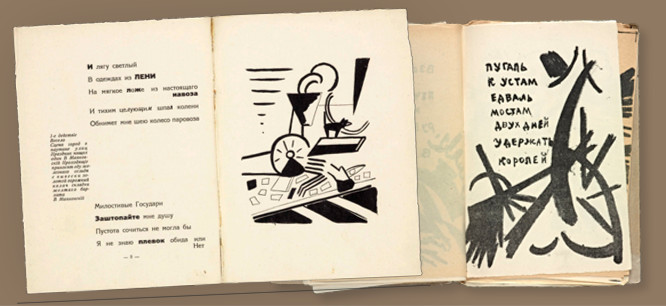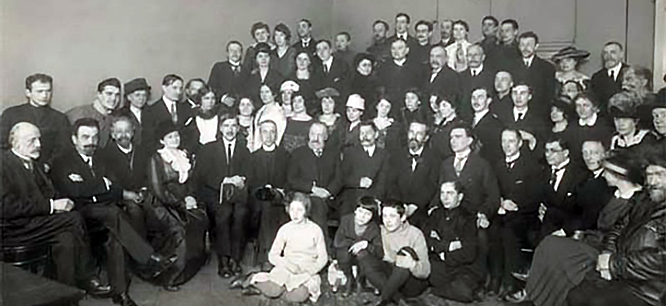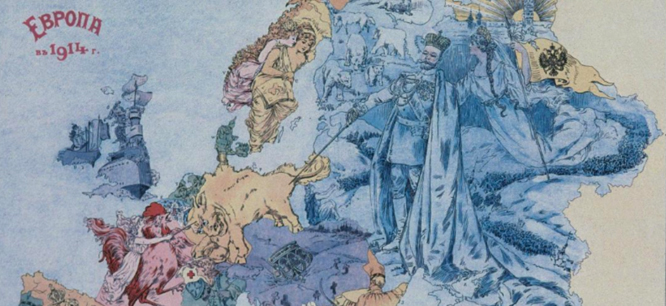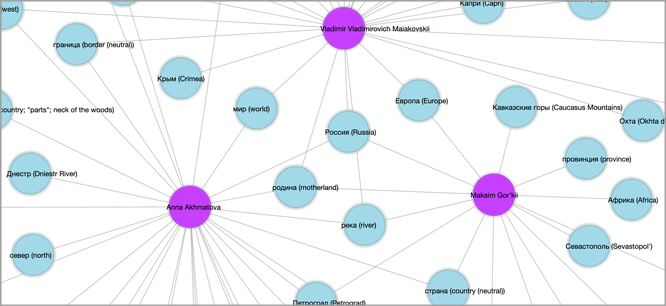In the cataclysmic nine years from 1914 to 1922, tsarist Russia disappeared from the map, fragmenting into regions, cities, and villages as an entire empire split into battle zones.
This website helps us capture a shifting sense of self and attachment to a place through a database more than 600 poems and short prose composed during these war years by nearly 100 writers.


Despite extraordinary social upheaval, this war period saw remarkable creative expression. Delve into literary works, some equipped with English translation. go >

Discover the broad range of writers, typographers, and publishers who braved hunger and shortages to bring new literature to their readers. go >

- Find biographical sites and textual locations mentioned in works. go >


Browse the connections between textual images of space, feelings conveyed, and political attitudes. Find out how a physical “space” becomes a meaningful “place” in one or more works. go >

Delve into the full index of textual images connected to a place-based concept and identified as a meaningful place. Find patterns of feeling and political view centered on a place. In the context of a literary work these terms show what an author feels about this place. go >
Related lesson plans have been contributed by researchers at five institutions as well as a list of language, history, and cultural classes. read >
Contributors include student researchers and translators, authors of lesson plans, the MAPRR advisory board, as well as partners in the digital humanities. view >
This project is a collaboration between Slavic scholars and technologists at the Institute for Advanced Technology. read >






